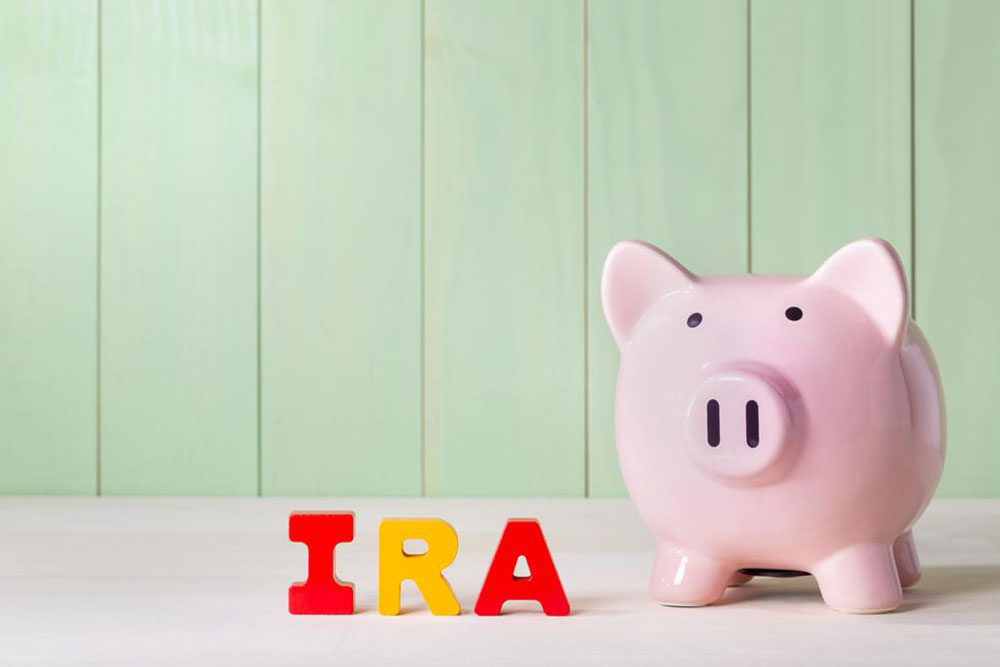Introduction to IRA retirement plans
A retirement plan is an arrangement of financing an individual’s income post his retirement. These plans can be set by the employers, insurance companies, trade unions, government, or any other organization. Tax benefits are provided on investments made on some retirement plans based on provisions of the Internal Revenue Code (IRC) and regulated by the labor department under the ERISA Act. The retirement plans can be classified as defined benefit plans and defined contribution plans based on the types of payment, investment, and benefits payout method preferred.
What is a defined contribution plan?
An individual chooses the type of investment towards which a portion of the earnings are allocated toward retirement.

What is an IRA?
An Individual Retirement Account (IRA) is a retirement plan that allows the employees to have control over their savings for retirement within an account that will be eligible for tax benefits. IRAs are classified into various types.
Types of IRAs:
Traditional IRAs: The contributions may be tax deductible and the earnings are allowed to grow on tax-deferral.
Advantage: The tax on the earnings can be deferred until the individual chooses to withdraw.
Disadvantage: There are mandatory withdrawals set for 70.5 years of age.
Roth IRAs: It is a savings account to which individuals can make contributions after the tax on income is paid. Distributions from this IRA may be tax-free if some criteria are met. It supplements an individuals’ retirement plan well. It accumulates earnings on a tax-deferred basis and can be made tax free if certain requirements are met.
Advantage: Contributions are discretionary, and hence the individuals can choose to fund the Roth IRAs whenever they want.
Disadvantage: The contributions are not eligible for tax-deductions and only the qualified distributions are tax free.
SEP IRAs: SEP stands for Simplified Employee Pension which is a plan established by the employer where contributions are made on behalf of individual employees. Here, the tax benefits are on the contributions made by the employer and then may be given to individuals on a discretion.
Advantage: Employee doesn’t have to pay any tax on the contributions.
Disadvantage: Any earnings or distributions made on this plan are taxable to an employee and also requires for a traditional IRA to be set-up individually which is then linked to this plan making the entire process very cumbersome.
Simple IRAs: This is a salary reduction plan which is established by the employer or self-employed persons. Here, the employees contribute a part of their pretax income/salary to this plan which defers the tax on the money until it is distributed.
Advantage: Starting and maintaining of a simple IRA is less expensive as the funding is shared between the employer and the employee.
Disadvantage: Contributions are not taxed but the distributions are taxable.

